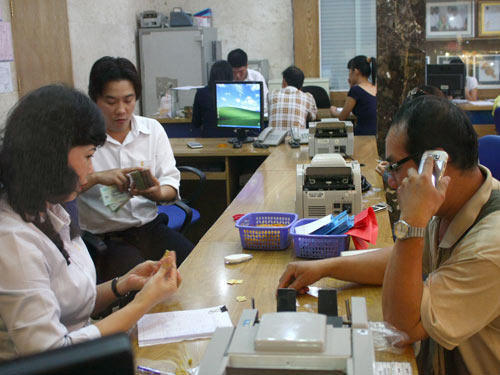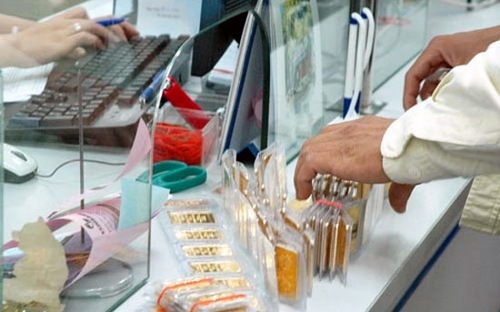Nation plans to grow more corn
Nation plans to grow more corn
Viet Nam targets to produce about 7.5 million tonnes of corn by 2020 in a bid to reduce its reliance on imports, a conference heard last Tuesday in HCM City.
Under the Government's corn development strategy until 2020, 1.3 million ha would be set aside for maize cultivation, yielding an average of 5.8 tonnes per ha, for a total production of 7.5 million tonnes a year.
By 2020, it is expected that the country would meet 80-85 per cent of demand for corn for livestock feed development, according to Pham Van Du, deputy director of Crop Production Department under the Ministry of Agriculture and Rural Development.
Du said at the Syngenta Asia-Pacific media conference that " the Government would increase investment and funding for institutes and research centres to develop breeding programmes."
"These programmes would help provide high yields, good quality corn, pest tolerance and drought resistance. Processing technology would also be developed and post-harvest storage would be improved under the new programmes."
Genetically modified hybrids would be used for production in large areas to increase yield, productivity and economic efficiency, he said.
The country has also encouraged companies, especially animal-feed producers, to sign contracts with farmers to develop raw material maize sources to ensure stable production and consumption.
In addition, local authorities have been advised to issue appropriate policies to support farmers who invest in developing maize.
Du said that practices needed to be improved for fertiliser application and irrigation systems as well.
He called for continued research and development of new hybrids that would be productive and respond well to climate changes.
Corn is one of the country's most important food crops. It is a primary source of feed for Viet Nam's poultry and livestock industry and an important source of income for many farmers.
Corn production increased sharply from about 730,000ha in 2001 to more than 1.1 million ha last year, of which more than 90 per cent were hybrids, providing an average yield of 4.3 tonne per ha.
If intensive practices are applied, corn yields could increase to 7-8 tonne per ha, Du said.
"The country produces about 4.6 million tonnes of maize a year. However, this is low compared to local demand. As a result, we have to import about one million tonnes of maize for local animal feed processing," Du said.
Rapid economic growth and accelerated urbanisation are expected to create even higher demand for maize.
Despite the potential for the industry, the sector is encountering many challenges, including high production costs and high post-harvest losses of 13-15 per cent, he said.
In addition, the implementation of technologies by farmers remains limited. Most maize grows in areas that have less intensive practices, and yields are low compared to the potential, according to Du.
Some major pests and diseases are found on maize crops, including borers, sheath blight, downy milder and rust.
Recently, striped dwarf viruses threatened production in the central coastal region. The viruses could spread to other areas.
Shane Emms, commercial unit head at Syngenta Viet Nam, said as a leading corn, watermelon and tomato seed company, the company's high quality seeds had helped farmers increase productivity.
The Asia-Pacific region has the largest corn growing area, but productivity is low, while yields in the US have reached nearly 10 tonnes per ha.
An average yield of corn in the Asia-Pacific region is about 5.1 tonnes per ha, so there is still potential to improve.
vietnamnews























